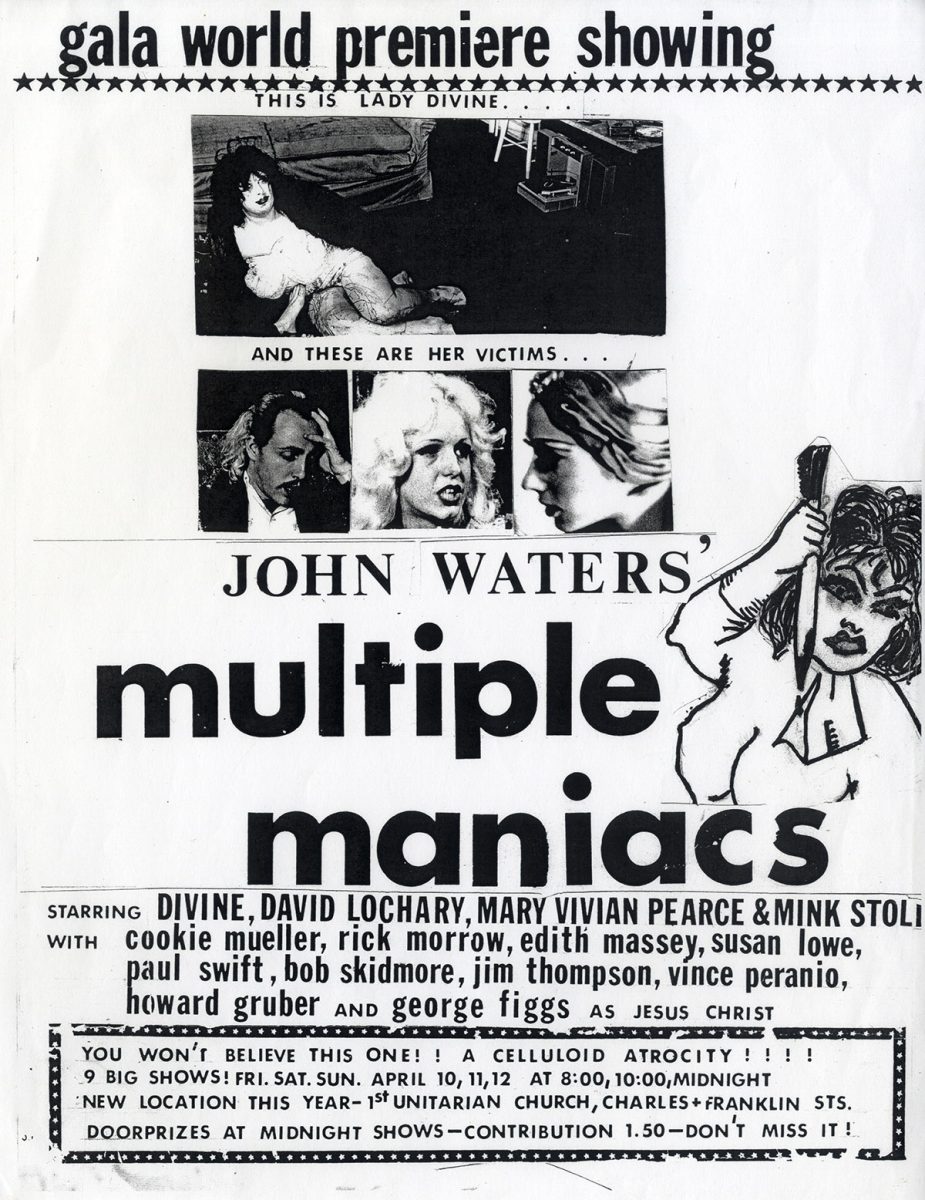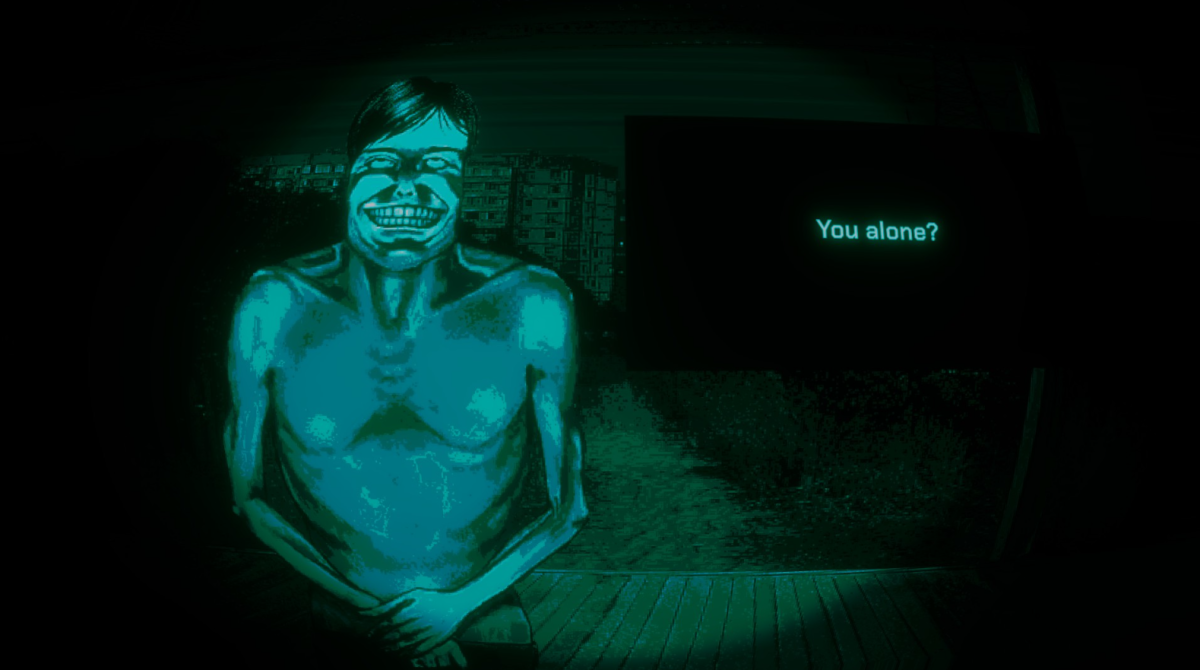Boasting a 60-year career featuring many iconic films, director John Waters stands as one of the most influential directors in American history. Bestowed with the title of “Pope of Trash” by writer William S. Burroughs, Waters’ has forever altered the landscape of American culture through his art.
With Waters appearing at the College of DuPage later in the 2025 spring semester for a director authorship class and a screening event of his film “Hairspray,” it’s essential to recognize his cemented legacy in cinema history under a greater, macroscopic lens. Among his early works is 1970’s “Multiple Maniacs,” the first professional film in Waters’ career.
“Multiple Maniacs” follows the bizarre misadventures of Lady Divine and her “Cavalcade of Perversions,” a “freak show” that is secretly a front for a gang of robbers. The film engages in numerous tasteless gags, including references to the Manson murders, a blasphemous retelling of the story of Christ paired with offensively raunchy activity in a church, and a shocking scene involving Divine and a giant lobster.
Without a doubt, the film is morally challenging. It contains uncomfortable material to sit through. However, after getting used to its filthiness, I found “Multiple Maniacs” to be a darkly fun comedy.
One might question how a filmmaker capable of making a movie with such vile content can be regarded so highly in the field of cinema. Although, the equally important thing to consider is the film’s impact on American culture half a century ago. America during this period was a society that valued conservatism and heteronormativity. Eccentric figures like Waters, his leading-star Divine, and the rest of his filmmaking team dubbed the “Dreamlanders” were alienated by the society they lived in, and deemed “outsiders.” Influenced by arthouse, experimental avant-garde films, and “trash cinema,” Waters and the Dreamlanders set out to produce rebellious, nonconformist films satirizing the worst aspects of American culture.
“Multiple Maniacs” and much of Waters’ filmography–although not the most appealing to general audiences of the time–developed a “cult status” amongst enjoyers of underground cinema. The films have proven impactful because of their provocative content. Waters’ works celebrate the zany “outsiders” and oddballs of society, groups I proudly identify with. It is thanks to him and the many unconventional artists who followed (most notably the “Jackass” crew) that these groups gained representation and appreciation.
Admittedly, “Multiple Maniacs” is rough from a filmmaking perspective. The film is filled with cheap production and amateur performances. Yet, considering the film for what it was, it isn’t entirely bad. Watching “Multiple Maniacs” felt like viewing an expensive home movie. There’s an incongruous blend with its naturalistic, verite-like filmmaking and its exaggerated high school theatre-esque performances from the actors. While it appears awkward and clunky, I found a charming appeal in its amateurism; the film feels like a group of friends having fun making a movie together.
“Multiple Maniacs” and the rest of Waters’ films are known for their over-the-top slapstick comedy. Everything starts at 110% and is only cranked up from there. Characters often exaggerate their reactions humorously, and situations quickly spiral into chaos. It’s like a more fun and cartoonish version of the world that I can’t help but enjoy. It’s executed in the uniquely “Waters” camp that feels completely natural to the flow of his fictional universe.
Much of the humor is aimed at laughing at the bizarre logic and situations that come from Waters’ gags, but it also contains a sense of familiarity we may see in our world. The brilliance of Waters’ satire is that it allows us to recognize social and cultural issues in our society without ever becoming preachy, as his goofy comedy makes the more serious subtext more digestible.
“Multiple Maniacs” is a delightfully unique film that is both bizarre and amazing. Its shameless celebration of the misfits in this world was a comfort for people who felt marginalized by the conformity pushed by “mainstream” American culture. Despite being nearly 55 years old, the radical acceptance of nonconformity in “Multiple Maniacs” remains culturally relevant today–especially in this increasingly conservative period in American politics. As said by Mexican poet Cesar A. Cruz, “Art should comfort the disturbed and disturb the comfortable.”









